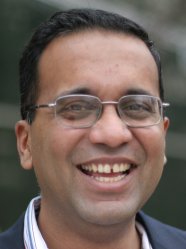BibTex format
@article{Nekovee:2019:10.1016/j.physa.2019.01.140,
author = {Nekovee, M and Pinto, J},
doi = {10.1016/j.physa.2019.01.140},
journal = {Physica A: Statistical Mechanics and its Applications},
pages = {339--349},
title = {Modeling the impact of organization structure and whistle-blowers on intra-organizational corruption contagion},
url = {http://dx.doi.org/10.1016/j.physa.2019.01.140},
volume = {522},
year = {2019}
}

